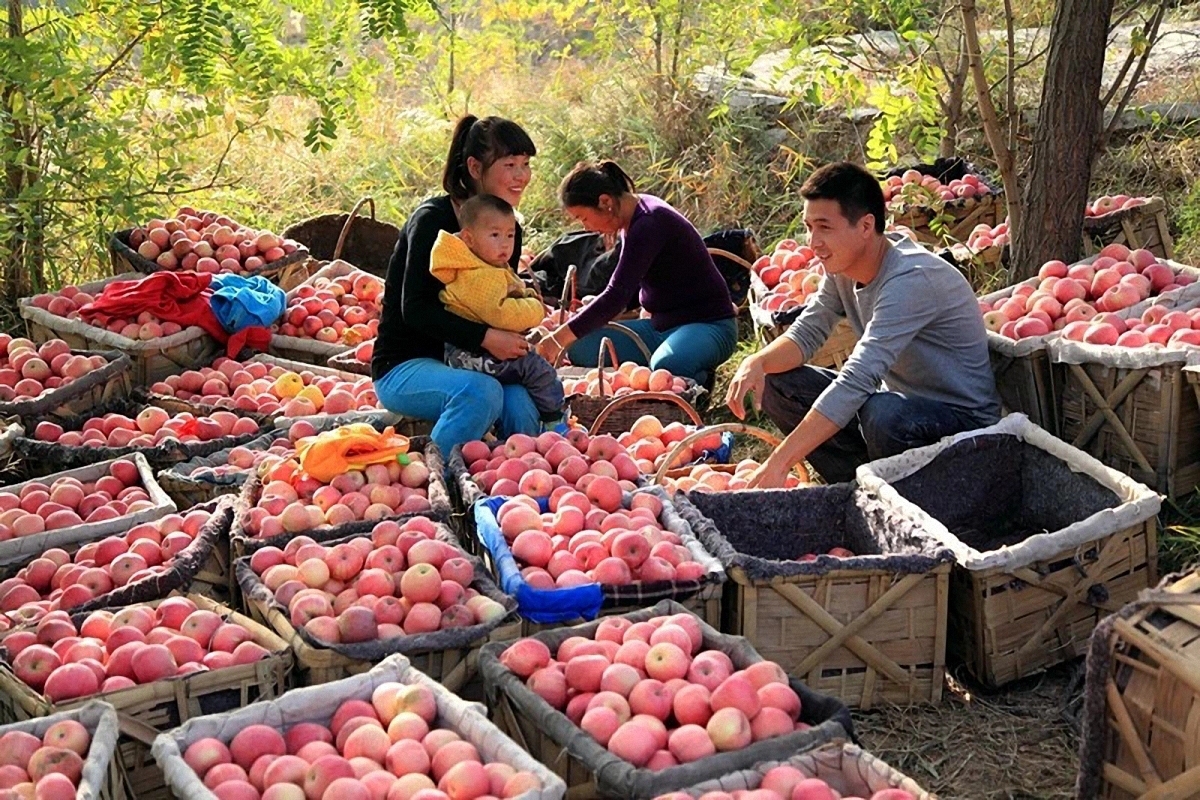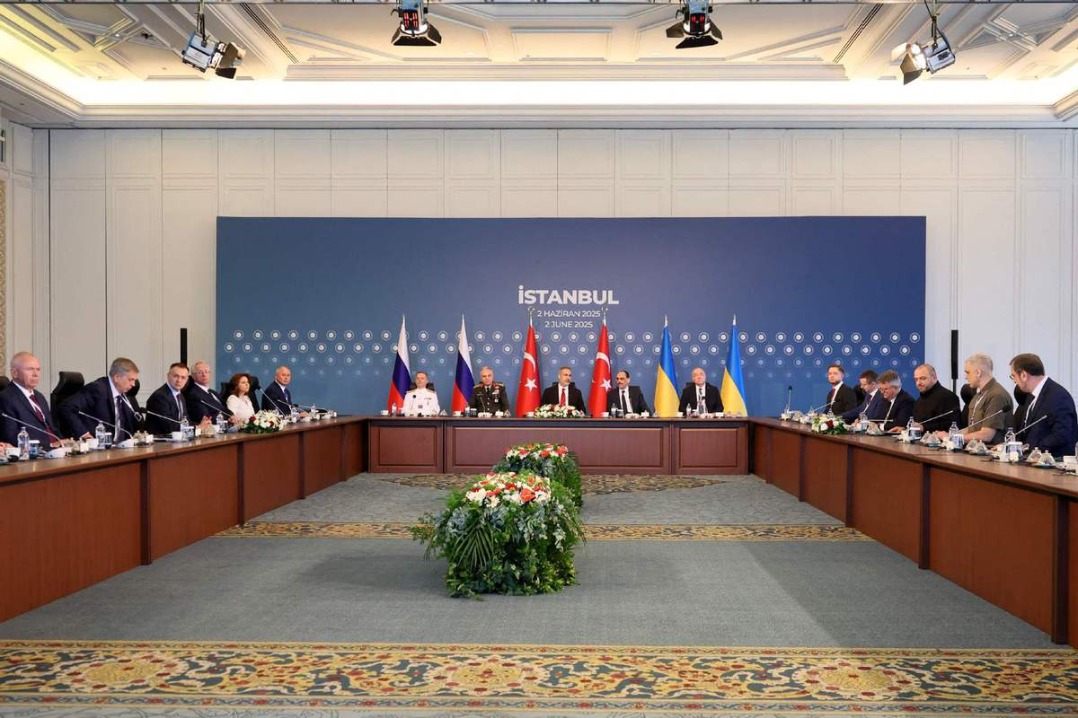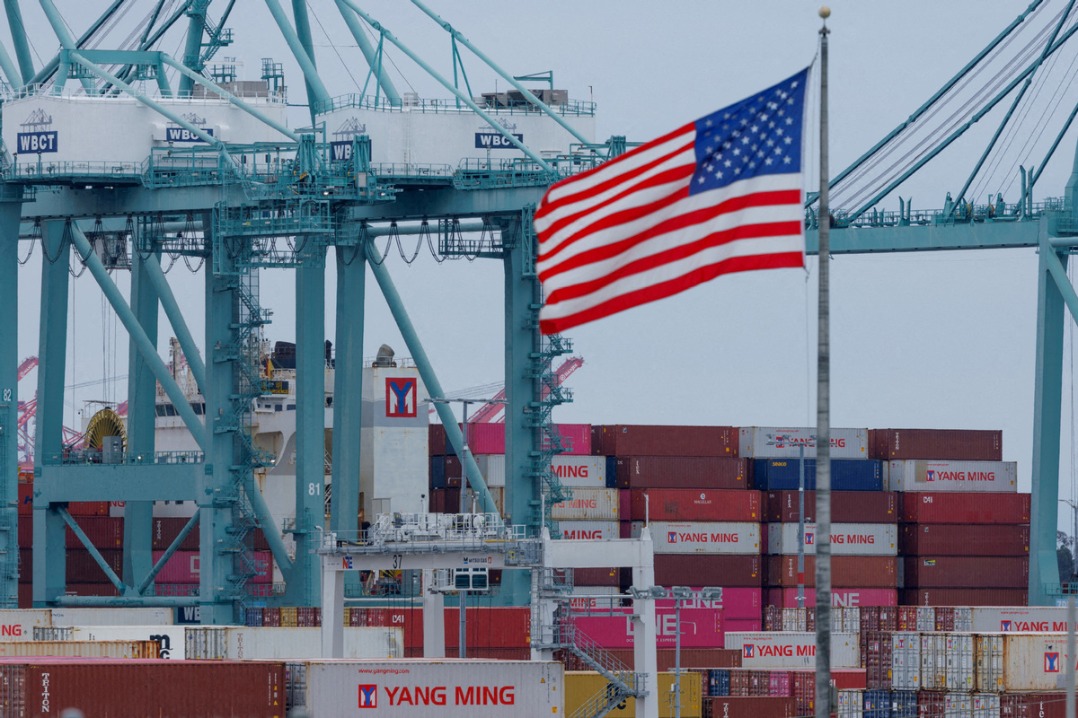Expanding consumption good way to end poverty


The State Council, China's Cabinet, has issued a guidance document on boosting consumption to win the battle against poverty. Which means advancing the poverty-alleviation work by encouraging all sectors of society to purchase products and services from impoverished regions or poverty-stricken people, in order to increase their incomes and thus help them to emerge from poverty. This is a unique way of involving the whole society in the poverty-alleviation campaign.
The policy is conducive to expanding the sales of products and services from impoverished regions, which will help the people there to win the battle against poverty so China can realize its goal of eliminating absolute poverty by the end of this year. According to the latest statistics of the State Council Leading Group Office of Poverty Alleviation and Development, the sale of 76,152 certified "poverty-alleviation products" from 22 provinces and regions in Central and West China has reached 102.7 billion yuan ($15.05 billion).
The authorities have defined poverty-alleviation products as products made by impoverished people, poverty-stricken rural cooperatives or leading poverty-alleviation enterprises. In other words, the products made by poor people whose sale could help them get rid of poverty are defined as poverty-alleviation products.
But not all the products produced in poverty-stricken regions are poverty-alleviation products, because the profits from some of those products could go to local enterprises or organizations instead of the impoverished people themselves if they have not participated in their production. Under such circumstances, poverty alleviation through consumption cannot help lift the impoverished people out of poverty. At present, a majority of the poverty-alleviation products are agricultural products especially those with special local characteristics.
There are three models for alleviating poverty through consumption: government-dominated, market-dominated and social-participation. The government-dominated model mainly focuses on the government purchasing poverty-alleviation products. As for the market-dominated model, its focus is on marketing, especially on e-commerce platform-for example, many local government officials have participated in livestreaming sales campaigns, which increased the sales of poverty-alleviation products. And the social-participation model depends on the consumption of poverty-alleviation products and services by all sections of society including private enterprises.
Unlike the past when the "blood-transfusion" model (that is, giving money, subsidies and grants to the poor) to alleviate poverty, consumption-driven poverty eradication aims to strengthen the will of the impoverished people to emerge out of poverty. And to qualify to make or sell poverty-alleviation products or provide poverty-alleviation services, local enterprises have to employ impoverished people so the latter can lift themselves out of poverty.
Alleviating poverty by boosting consumption is closely related to poverty alleviation through industrial development. Selling poverty-alleviation agricultural products will not only increase the poor people's income, but also help achieve the goal of poverty alleviation through industrial development.
Since the launch of the targeted poverty-alleviation campaign, many poverty-stricken regions have developed local poverty-alleviation industries. This shows poverty can be eradicated, to a large extent, by boosting people's consumption and advancing industrial development. For instance, Shaanxi Coal and Chemical Industry Group Co has helped 13 poverty-stricken villages in Hanyin county, Shaanxi province, to develop a village-level collective economy, which helped 2,890 poverty-stricken people to increase their income by 400 yuan per person in 2019.
Consumption-driven poverty alleviation will also help impoverished farmers to connect with the modern market-a win-win outcome that not only helps poverty-stricken people to sell their agricultural products easily, but also allows urban consumers to enjoy quality agricultural products at lower costs.
In the future, the consumption-driven poverty alleviation policy should also help build brands for poverty-alleviation products, increase their added value, sharpen their competitive edge, widen the sales channel of poverty-alleviation products and help increase the profits on poverty-alleviation products by reducing the intermediate links.
The author is a lecture of College of Humanities and Social Sciences, Nanjing University of Aeronautics and Astronautics.


































